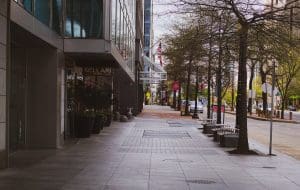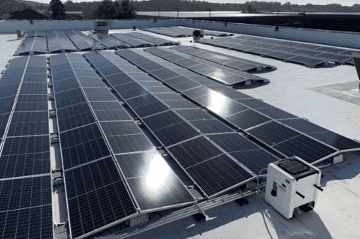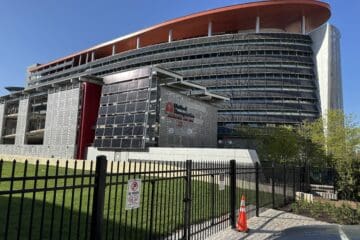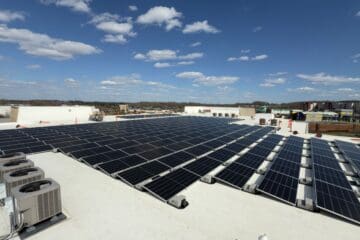Categories: Commercial Solar Energy
Could solar work for my commercial roof?
Could solar work for my commercial roof? One common for commercial property owners considering rooftop solar is whether their specific type of roof is suitable for solar installation. So, can solar be installed on any






